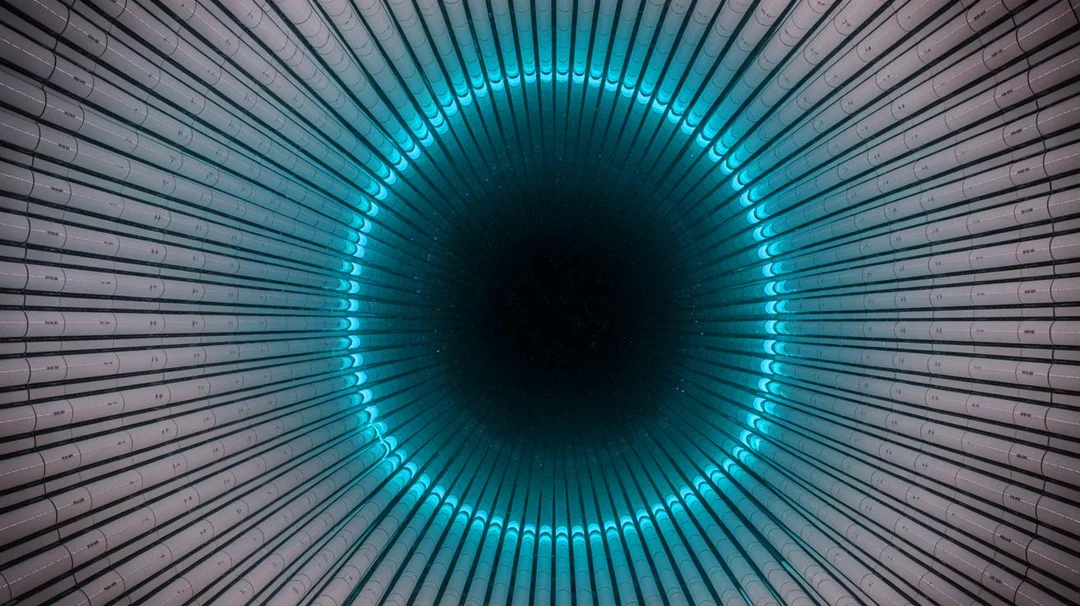
Neutrino Hunters: US & Japan Race to Unlock Secrets of the Universe’s Existence
Why does the universe exist? It's one of the biggest questions humans have ever asked, and two massive scientific collaborations, one in the U.S. and one in Japan, are racing to find the answer by studying neutrinos, the universe's most elusive particles. This isn't just about physics; it's about understanding our very origins and the fundamental laws governing reality.
The Neutrino Mystery: A Cosmic Imbalance Current theories suggest that the Big Bang should have created equal amounts of matter and antimatter, which would then have annihilated each other, leaving nothing but energy. Yet, here we are, in a universe filled with matter. What caused this imbalance? Scientists believe the answer lies in the properties of neutrinos and antineutrinos, their antimatter counterparts.

The American Approach: DUNE – Digging Deep for Answers In the remote forests of South Dakota, 1,500 meters beneath the surface, the Deep Underground Neutrino Experiment (DUNE) is taking shape. This international collaboration, involving over 1,400 scientists from 35 countries, aims to fire beams of neutrinos and antineutrinos from Illinois to detectors in South Dakota, a journey of 800 miles. By observing how these particles oscillate, subtly changing their identities during the trip, researchers hope to find differences in their behavior that could explain the matter-antimatter asymmetry. Dr. Kate Shaw of the University of Sussex calls DUNE's potential "transformative" for physics and our understanding of our place in the cosmos.
The Japanese Pursuit: Hyper-Kamiokande - A Golden Echo of Super-Kamiokande. Across the globe, in Japan, the Hyper-Kamiokande project builds upon the legacy of its predecessor, the Super-Kamiokande. Located beneath Mount Ikeno, the Super-Kamiokande already holds a significant place in neutrino research. It's a massive detector filled with 50,000 tons of ultra-pure water, designed to capture the faint flashes of light (Cherenkov radiation) produced when neutrinos interact with the water. The Hyper-Kamiokande enhances this design. Like DUNE, Hyper-K also aims to study neutrino oscillations, seeking to understand the subtle differences between matter and anti-matter. As Dr. Morgan Wascko of Imperial College London points out, the disappearance of anti-matter is one of the universe’s great mysteries, and Super-Kamiokande offers some of the strongest evidence yet for differences in behavior between matter and anti-matter.
The scale of these experiments is staggering. Super-Kamiokande, for example, is housed in a chamber equivalent to a 15-story building. The ultra-pure water used is so pure that it acts as both an acid and an alkaline, capable of dissolving metals. This illustrates the incredible precision and dedication required for neutrino detection.

A Race for Discovery, A Shared Goal While there's a clear sense of competition between the two teams, experts agree that having both DUNE and Hyper-Kamiokande operational will ultimately benefit the scientific community. The complementary data and stronger results will bring science close to unlocking the reason of the universe's existing form. The Hyper-K neutrino beam is expected to go online in under three years, well ahead of the U.S.-based DUNE project.
The quest to understand the universe's existence is a grand endeavor. Both DUNE and Hyper-Kamiokande represent humanity's relentless pursuit of knowledge. What other secrets do neutrinos hold, and how will these experiments reshape our understanding of the cosmos?
What do you think? Will the US or Japan be the first to solve this cosmic mystery? Leave your thoughts in the comments below!